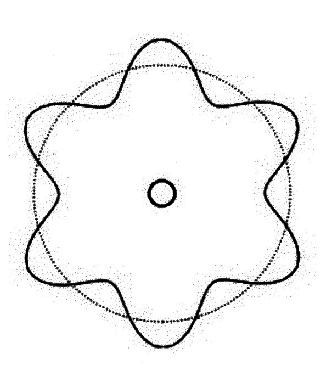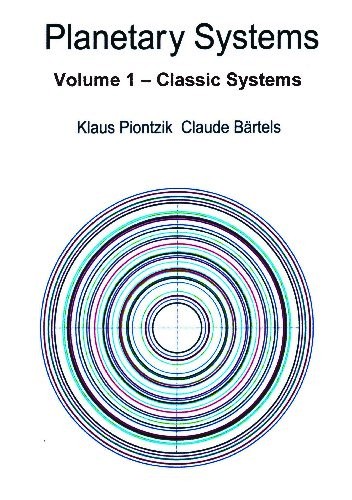| Copyright © Klaus Piontzik | ||
| German Version |
| The aim
of this chapter is the description of basic mathematical
and physical terms and conditions, that serve the
development of an equation for an oscillation structure
and allow a quantification of the model. The approach is
based on oscillations around a ball. Examples for oscillation possibilities: |
|
|
|
| Sine | Cosine | - Cosine |
Illustration
2.0.1 oscillations
sine or cosine = oscillation = wave
Applies to physical oscillations:
How to get vibrations around a ball ? - Analogous to the Bohr model of the atom, if it contains the surrounding Electron as a wave by de Broglie: |

Illustration 2.0.2 oscillations around a ball
It fits only an integer number of oscillations around the globe.
The wavelength is proportional to the circle angle alpha:
|

Illustration 2.0.3 wave length and circle angle
Condition for n vibrations around a globe:
Here, the oscillation circle does not close after one revolution, but only take m turns. |

|
200 sides, 23 of them in color 154 pictures 38 tables Production und Publishing: ISBN 978-3-7357-3854-7 Price: 25 Euro |